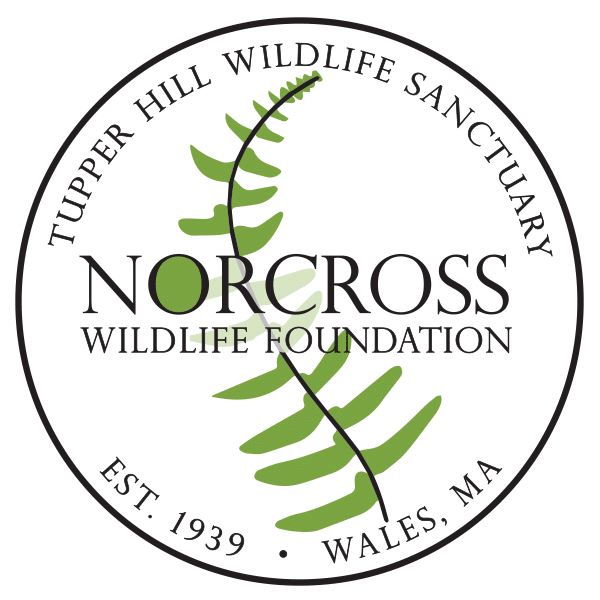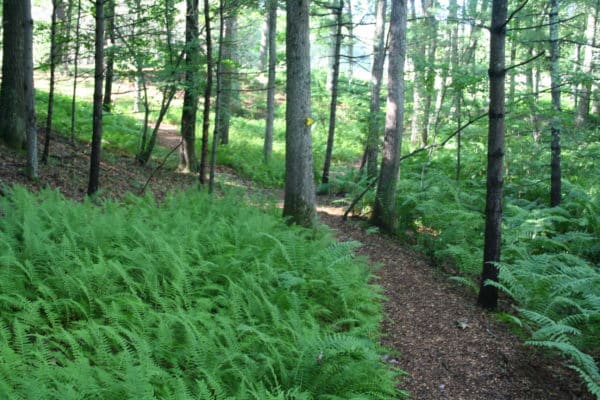A statement like “gardening for all” can have several meanings. Gardening can be a challenging activity for people who face issues of vision, hearing or mobility. Gardening can also be a challenge for people with “black” rather than “green” thumbs. We may cover some of those challenges at a later date, but this blog is going to cover challenges of gardening for wildlife.
Certain species of wildlife take advantage of whatever we plant in our gardens and don’t seem to be deterred by anything we put in their way. Deer and gypsy moths come to mind immediately. I do not intentionally garden for either one of these species since their effect on the landscape, the garden and the ecosystem is much greater than it should be. Deer will browse trees, shrubs and herbaceous plants to the point of killing them. Eliminating species from the understory is not a goal most people have for the environment or their landscape.
I want to garden for a greater diversity of wildlife. One thing I have learned in my years of gardening with native plants is that native plants attract native wildlife. I am thinking more about winged species from birds to dragonflies, to bees, moths, butterflies and flies. Insects have co-evolved with plants in the region so that they can rely on the plants for food, shelter and breeding sites. Birds have co-evolved with the insects and plants which provide them with food for migration and food to feed their young.
[lightbox link=”http://norcrosswildlife.org/wp-content/uploads/2019/02/swida_alterniflora.alternate_leaf_dogwood1-e1549467770292.jpg” thumb=”http://norcrosswildlife.org/wp-content/uploads/2019/02/swida_alterniflora.alternate_leaf_dogwood1-150×150.jpg” width=”150″ align=”left” title=”” frame=”true” icon=”image” caption=””]Birds need a mix of trees, shrubs and herbaceous plants to thrive. With an abundance of berries, birds such as Robins and Bluebirds are overwintering in our area. These birds primarily eat insects during the spring, summer and fall – so they rely on berries to help them through the winter. They are not seed eaters. Viburnums, Hollies and Dogwood trees are excellent food sources for these birds during winter. They like Cedars, Junipers and Pines to provide shelter from the winter cold as well. [lightbox link=”http://norcrosswildlife.org/wp-content/uploads/2017/05/BB_Box32_Male-e1495720574592.jpg” thumb=”http://norcrosswildlife.org/wp-content/uploads/2017/05/BB_Box32_Male-150×150.jpg” width=”150″ align=”right” title=”” frame=”true” icon=”image” caption=””]Migrating songbirds rely on oil-rich seeds to help them make the long journey from north to south. Even species that don’t reside in Massachusetts may stop along the way for food and water. Planting native species that bear fruit in fall is important to our migrant songbirds. Native shrubs are important for these birds as are the abundant native grasses, asters and goldenrods that grow in the northeast.
Bees rely on a variety of plant material for food and shelter as well. Grasses are important shelter sites for bumblebees. Native bees can be encouraged with steady and diverse food sources throughout the warm seasons. Bees also like a habitat that is free from too much human intervention. Places that are “wilder” or less manicured provide opportunities for all kinds of bee species to thrive. Many native bees also like open soil or woody cavities for nest sites, so leave some bare ground and some dead limbs on nearby trees when possible.
Beetles and butterflies also rely on plants for food and shelter. Native plants blooming throughout the season are some of the most important plants our insects rely on. For most species that like nectar, they are willing to use almost any kind of nectar plant – shrubs, perennials, annuals, natives, non-natives. It is the larval stage that prefers a steady native food diet. Oak trees provide larval food for more species than any other tree. Learning more about the larva you wish to support is helpful when planning what your garden may look like.
Fortunately, many plant species provide for a variety of wildlife. Bumblebees like native warm season grasses for cover. Those same grasses provide rich oily seeds for migrating songbirds. Shrubs like Dogwood, Viburnum and Blueberry provide nectar for butterflies and bees when in bloom but also provide food for overwintering birds, migrating songbirds and caterpillars. Many native perennials are good for a variety of wildlife too – providing nectar while in bloom, shelter from predators and overwintering sites for many insects. Think about native plants as you plan you planting list for spring. You can provide some messy sites, some open soil and allow a few weeds to grow if it will encourage our native birds and insects to thrive.



